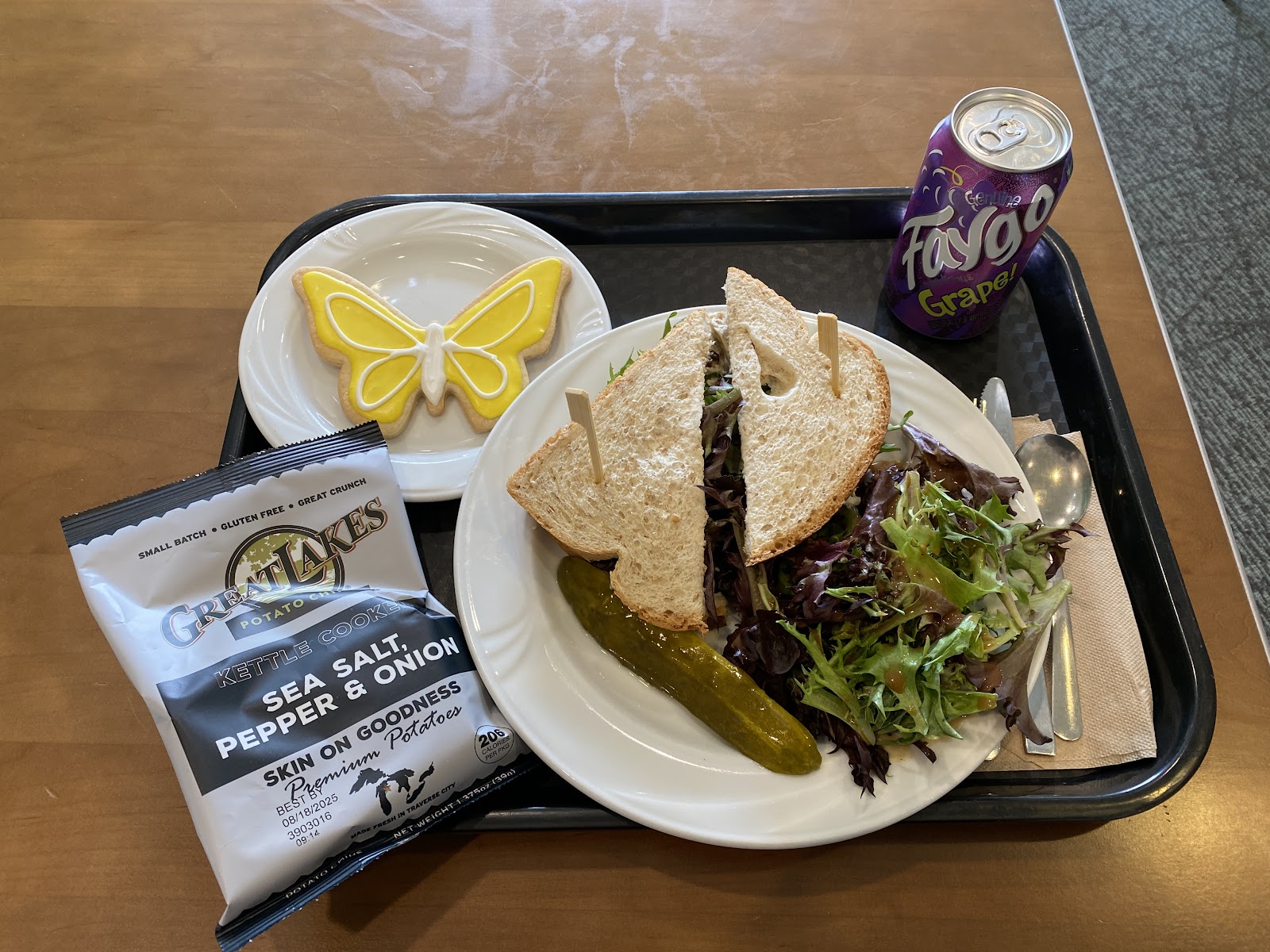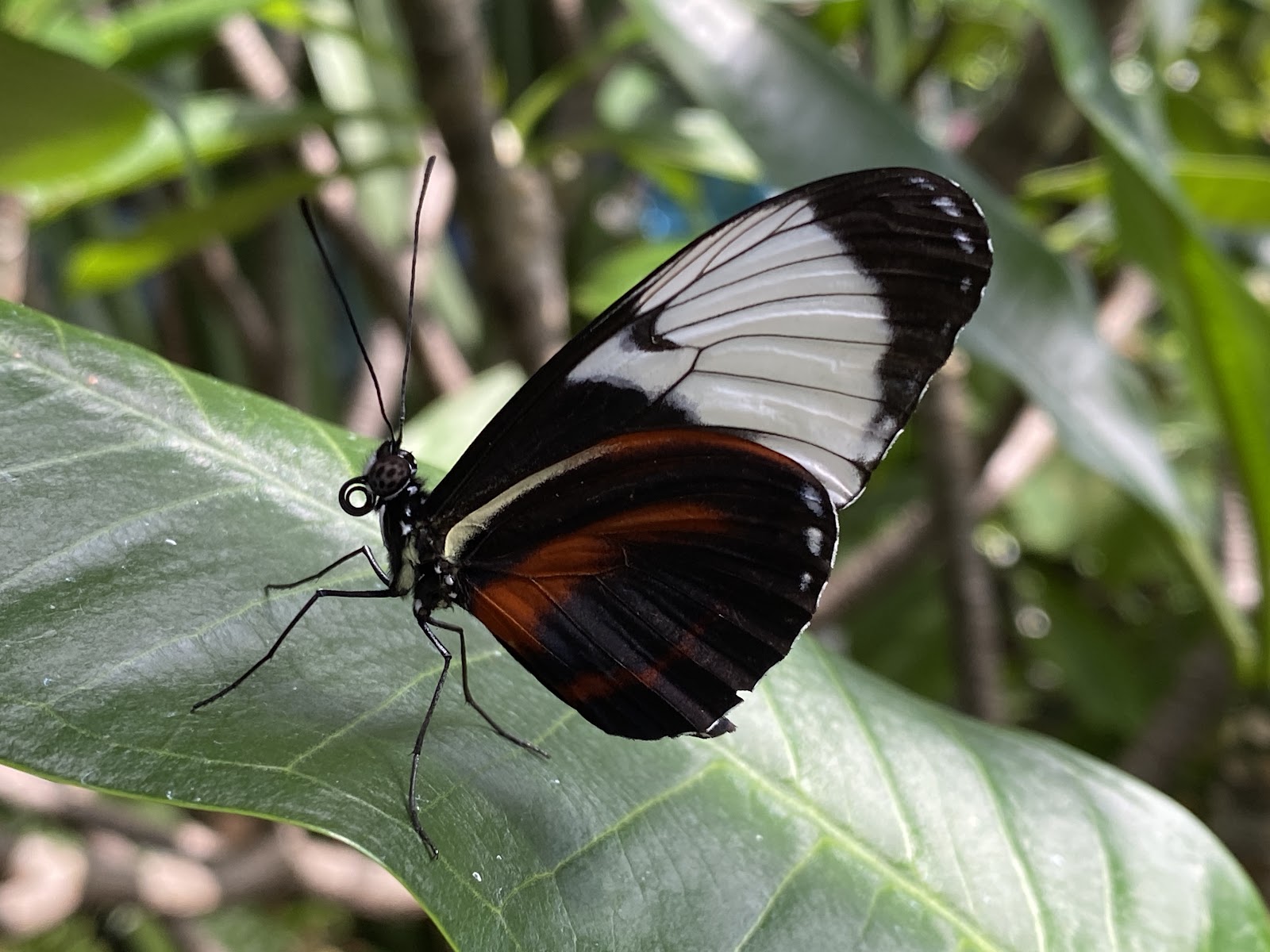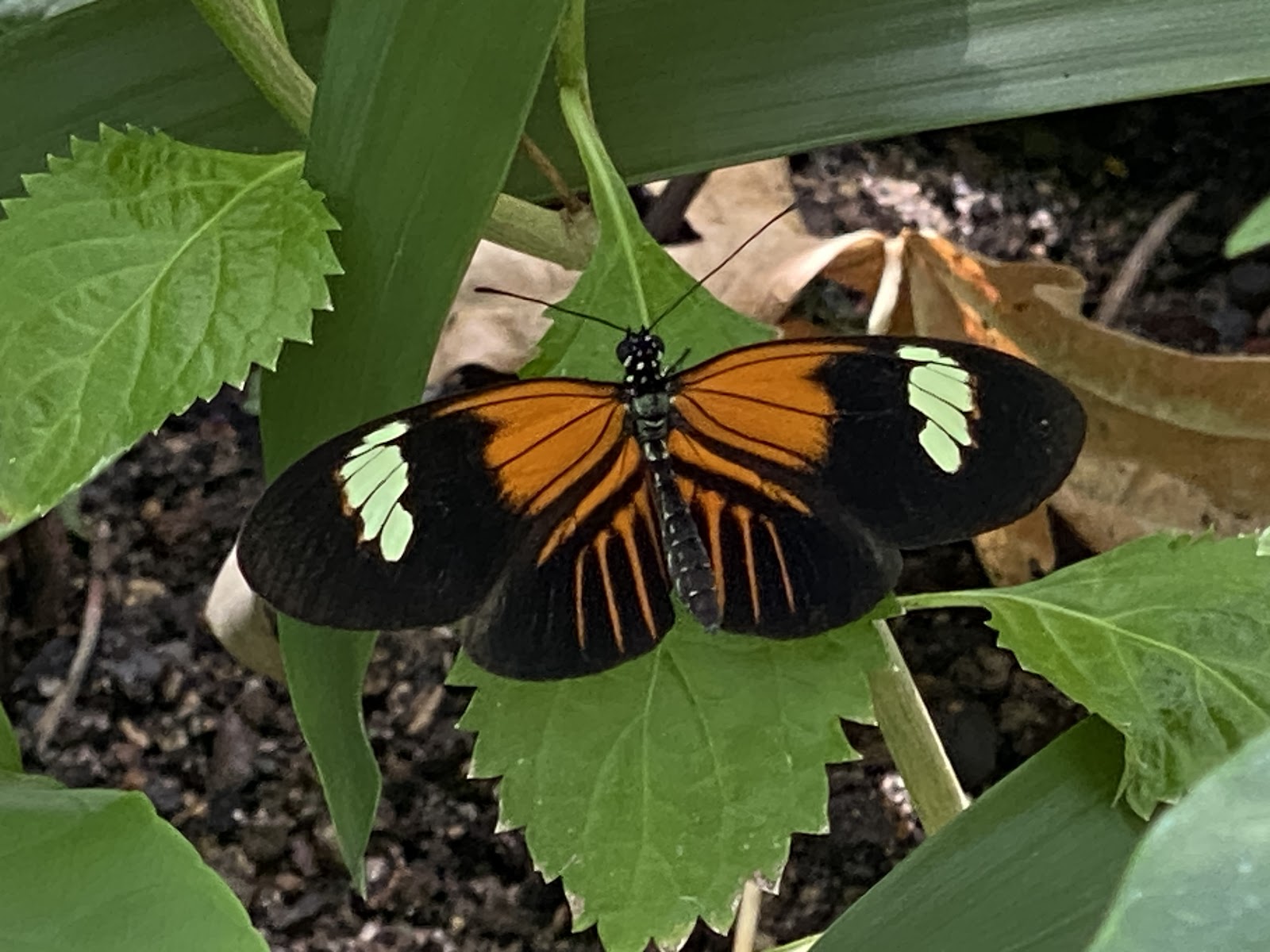I'm an old-school gamer. No surprise there. But I'm also a collector. At this point in my life, I pretty much have everything I want for the collection, save for a couple books. So I like to visit used bookstores, smaller gaming conventions, and I do haunt eBay with my list of saved searches. Well, the other day, my old college roommate let me know of a big 'gaming garage sale' over in Muskegon that would have lots of board games and RPGs on display. My curiosity piqued, I gathered up the shopping list and drove out to the west side of the state. The event, well, it was a bust. Turns out while it was well stocked and well attended, it was 99% board games, most of which were those Euro games that require you to memorize a manual the size of a small encyclopedia before you could start playing. Not my scene. I left after ten minutes.
Fortunately, there was another event in town worth attending: the Muskegon Museum of Art had this big exhibition of Art Nouveau prints and sculpture.While I like this style of artwork, I have to admit that I'm not very well educated on it. So it was a pleasant surprise learning about the sculptures and ceramics that were produced in step with the Art Nouveau style.
 |
| Dancing Lady with Lilies, 1899 Eduard Stellmacher |
 |
| l: Vase with Fire-Breathing Pterodactyl, 1905-06 r: Vace with Two-Winged Dragon, 1899-1900 Eduard Stellmacher |
 |
| Biscuits Lefvre Utile, 1896 Alphonse Mucha |
 |
| Fuchsia Vase, 1900 Daum Studio |
There was also some other artwork in the museum outside of the Art Nouveau exhibit that caught my eye.
 |
| Silver Evening Light, John Andersen, 2025 |
 |
| Organic, Xavi Francis, 2025 |
 |
| Study for Decorative Figures Alphonse Mucha, 1860-1939 |
On the way out to the car, I met a very friendly squirrel. Unfortunately, I didn't have any food on me, but will be sure to bring a bag of peanuts with me next time.
* * *














































